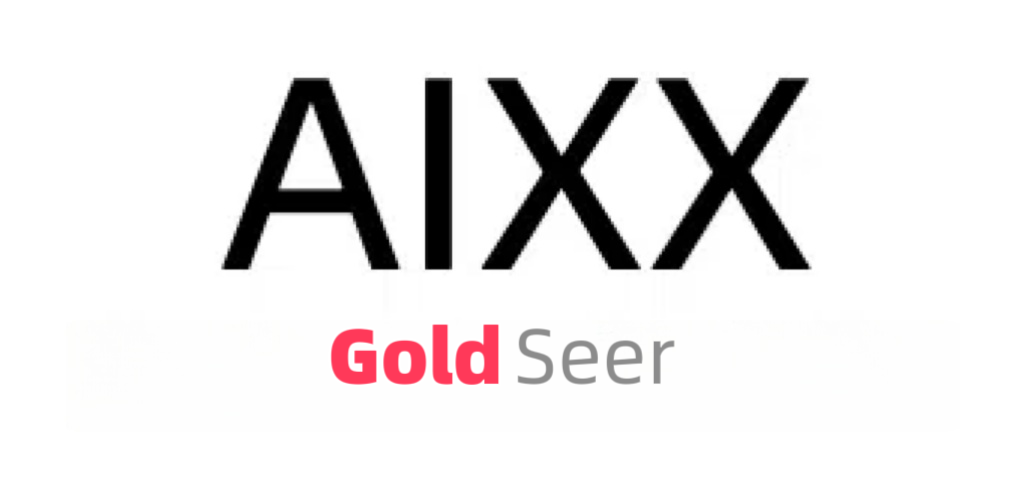Inside the Inferno: The Critical Role of F1's Medical Team in Grosjean's Miraculous 2020 Bahrain GP Rescue
An in-depth look at Dr. Ian Roberts' pivotal role in rescuing Romain Grosjean from a fiery 137mph crash at the 2020 Bahrain GP, exploring F1's evolving safety protocols and the human stories behind motorsport's medical heroes.









The Blaze That Changed F1 Safety
On 29 November 2020, Romain Grosjean's Haas VF-20 pierced through a steel barrier at 137mph during the Bahrain Grand Prix, erupting into a fireball visible across the Sakhir Circuit. Dr. Ian Roberts, F1's lead trackside medic, recalls:
"We saw the car split in two like a tin can. Through the flames, Grosjean was already moving – that moment defined why we train for worst-case scenarios."
Grosjean endured 67G impact forces – equivalent to a commercial jetliner's takeoff thrust – yet survived with minor burns, thanks to F1's Halo device and fire-resistant race suits.
Anatomy of an F1 Medical Response
Roberts' medical car carries:
- Trauma kits with hemorrhage control gear
- Emergency airway management tools
- Thermal blankets and burn treatment supplies
- Real-time crash data feeds
Key timeline:
- 0:00 – Impact detected via FIA's Accident Data System
- 0:18 – Medical car arrives as Grosjean begins self-extrication
- 0:28 – Roberts breaches flames to assist
- 1:45 – Driver en route to hospital
Legacy of the Bahrain Inferno
The crash spurred three major FIA safety upgrades:
- Barrier redesign – Energy-absorbing "Sausage Kerbs" replaced with deformable TecPro systems
- Cockpit emergency exits – Mandatory 7-second escape requirement
- Fire suppression – Dual-layer fuel tanks with automatic cutoffs
The Man Behind the Helmet: Dr. Ian Roberts' Journey
| Career Milestone | Year |
|---|---|
| Silverstone Medical Team | 1993 |
| FIA Rescue Coordinator | 2009 |
| Grosjean Rescue Operation | 2020 |
| BRDC Honorary Membership | 2021 |
Roberts, now overseeing a 12-doctor F1 medical team, reflects:
"That crash proved our protocols work, but complacency kills. We now conduct bi-monthly extraction drills using infrared smoke simulations."
Grosjean's subsequent IndyCar career stands as testament to modern motorsport medicine – he completed the 2021 Indianapolis 500 just six months post-accident.
















